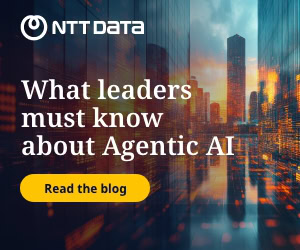Rapid7 has integrated agentic AI workflows into its next-generation SIEM and XDR platform, fundamentally changing how threats are investigated in MDR customer environments.
By leveraging Rapid7’s AI Engine, agentic AI autonomously performs foundational investigative tasks with the rigor and expertise of a SOC analyst, but at AI speeds. This empowers analysts to perform deeper analysis, shorten investigation cycles, and ultimately solve security problems faster for customers.
As AI accelerates the threat landscape, enabling attackers to launch faster, more personalised, and harder-to-detect campaigns, organisations need an MDR experience that scales to meet the demands of their environment and the broader attacker landscape while providing direct visibility into decisions.
The new agentic AI workflows in Rapid7 MDR address the demand for scale, speed and transparency, incorporating Rapid7’s industry-leading AI automation for alert triage, which closes benign alerts with 99.93% accuracy and saves 200+ SOC hours per week.
These agentic AI workflows are trained on playbooks designed by Rapid7’s own SOC experts and refined through continuous real-world application. This delivers improved confidence in security postures through scalable, repeatable, high-quality investigations that protect against sophisticated AI attackers amid increasing alert volume.
It also provides greater visibility and control of service outcomes with transparency into the reasoning, evidence, and logic behind every AI-powered action and output.
This move reflects a broader trend in cybersecurity, where AI is being leveraged to enhance threat detection, streamline SOC operations, and enable pre-emptive defence strategies.
AI's ability to analyse vast amounts of data at unprecedented speed enables faster detection of patterns, anomalies, and potential breaches. Machine learning algorithms enhance this capability by automating incident responses.
An Arctic Wolf report highlights that AI has surpassed ransomware as the top cybersecurity concern for security and IT leaders.



